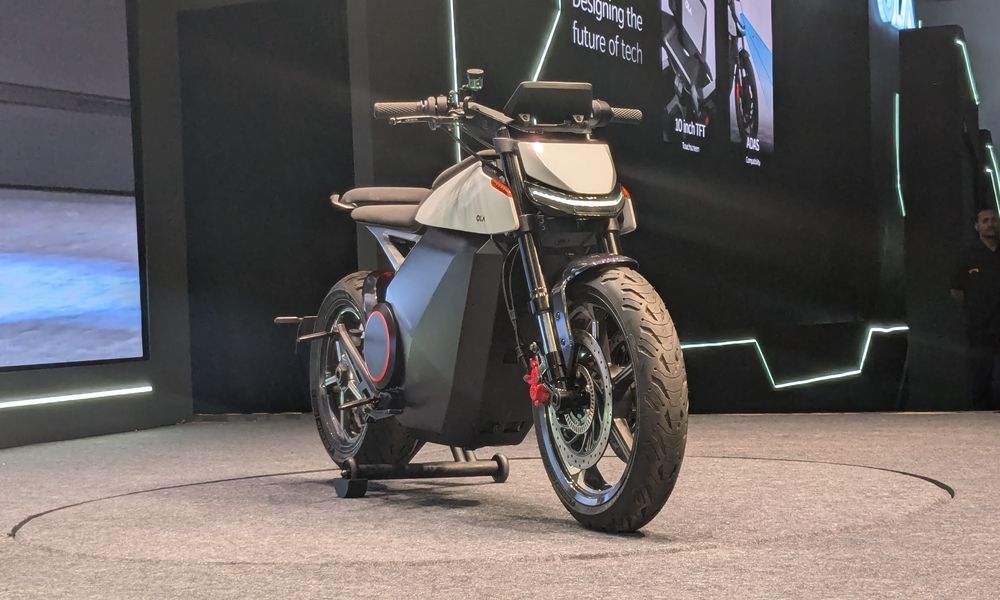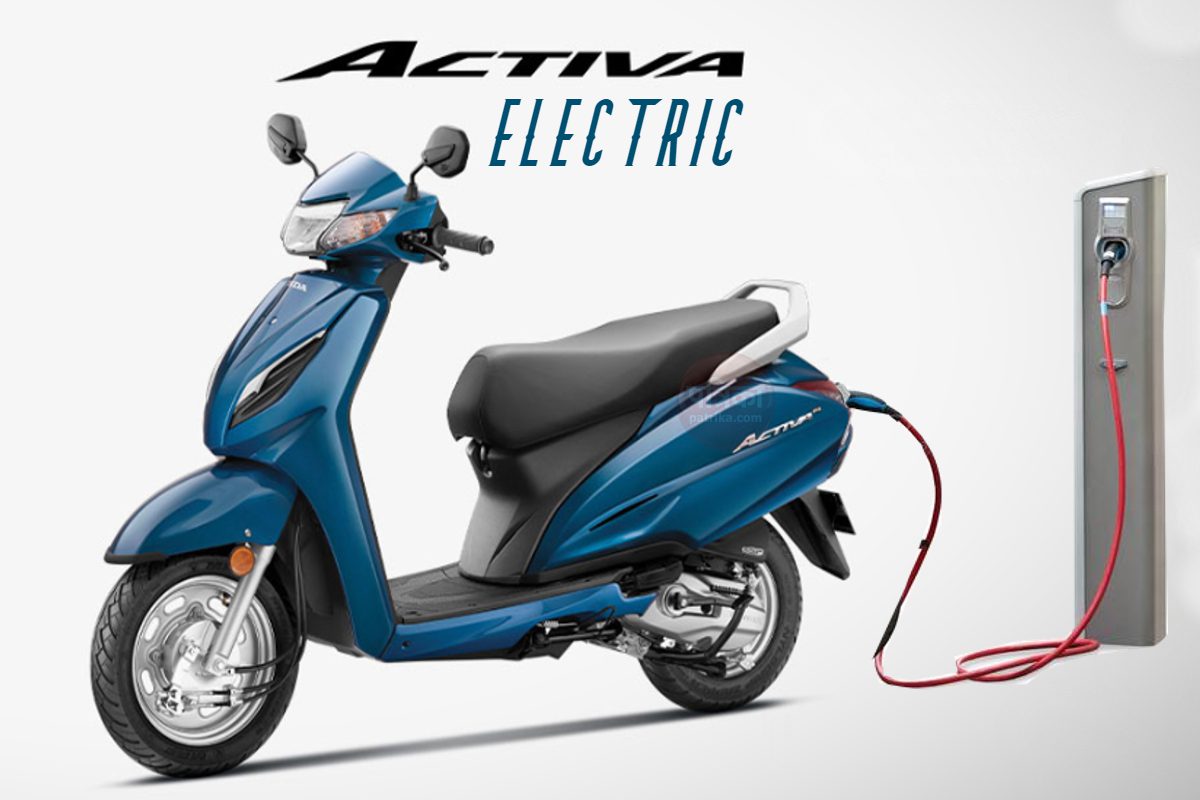Estimated reading time: 3 minutes
Table of contents
- Unleashing the Power: The Promise of Lithium Metal Batteries
- Harvard’s Pioneering Research: A Game-Changer in Battery Technology
- The Holy Grail of Batteries: Lithium Metal Anode’s Potential Unleashed
- Evolution from 2021: Multilayer Design to Control Dendrite Formation
- Micron-Sized Silicon Particles: The Key to Dendrite Prevention
- The Future Unveiled: Advancing Towards Practical Solid-State Batteries
Unleashing the Power: The Promise of Lithium Metal Batteries
Lithium metal batteries present a groundbreaking leap in energy density and weight reduction compared to conventional lithium-ion technology. The pivotal shift involves replacing the heavier graphite with lithium metal as the anode. Despite this potential, a significant hurdle arises from the formation of dendrites on the anode’s surface, leading to rapid degradation, short circuits, and even the risk of fire.

Harvard’s Pioneering Research: A Game-Changer in Battery Technology
In a remarkable stride towards overcoming these challenges, researchers at Harvard’s John A. Paulson SEAS have introduced a lithium metal battery boasting a remarkable resilience of at least 6,000 charging cycles and the ability to recharge within minutes.

This groundbreaking research not only introduces a novel method for crafting solid-state batteries with a lithium metal anode but also provides profound insights into the intricate interactions between lithium and materials at the anode interface.
The Holy Grail of Batteries: Lithium Metal Anode’s Potential Unleashed
“Lithium metal anode batteries are considered the holy grail of batteries, offering ten times the capacity of commercial graphite anodes and the potential to significantly enhance the driving range of electric vehicles,” emphasizes Xin Li, Associate Professor of Materials Science at SEAS and the senior author of the paper. Our research marks a crucial step towards the realization of more practical solid-state batteries for both industrial and commercial applications.
Evolution from 2021: Multilayer Design to Control Dendrite Formation
In 2021, Li and his team proposed a solution to the dendrite challenge by developing a multilayer battery structure that strategically positioned materials of varying stabilities between the anode and cathode. This innovative design didn’t completely halt the dendrites but instead managed and contained them effectively.
Micron-Sized Silicon Particles: The Key to Dendrite Prevention
In their latest research endeavor, Li and his team tackled dendrite formation head-on by incorporating micron-sized silicon particles into the anode. This addition serves to constrict the lithiation reaction, enabling the homogeneous plating of a thick layer of lithium metal.
In this intricately designed system, as lithium ions traverse from the cathode to the anode during charging, the lithiation reaction is confined to the shallow surface. The ions attach to the surface of the silicon particle without penetrating further, effectively preventing the formation of dendrites.
The Future Unveiled: Advancing Towards Practical Solid-State Batteries
Harvard’s groundbreaking research not only promises a remarkable increase in charging cycles but also showcases the potential for swift recharging, making it a frontrunner in the race for superior energy storage solutions. As we delve into a new era of battery technology, the fusion of lithium metal and innovative designs propels us closer to achieving practical, high-performance solid-state batteries for widespread industrial and commercial applications.




















Leave feedback about this